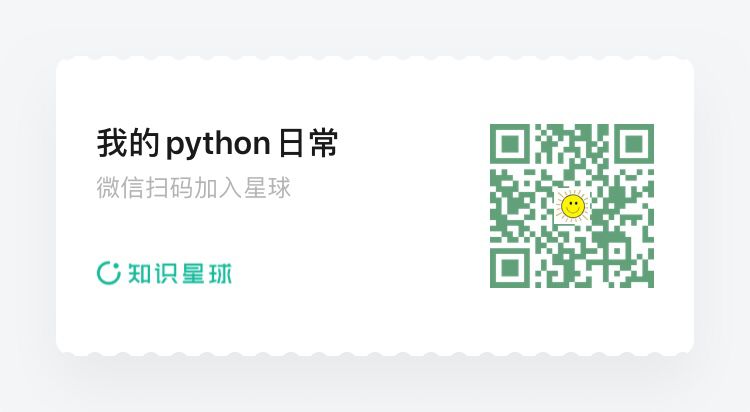开源项目源码解读--PyDictionary,获取英语单词的含义,同义词,反义词
1. PyDictionary
PyDictionary 是一个非常小的词典模块,你可以用它来获取英语单词的含义,同义词,反义词,还可以用来翻译英语。看起来是不是很神奇,但实现原理却很简单,它的背后是一个小小的爬虫,通过构造特定的url来访问网站,最后解析网页,获得想要的信息。
下面是一段示例代码
from PyDictionary import PyDictionary
dictionary = PyDictionary()
print(dictionary.meaning("indentation"))
print(dictionary.synonym("Life"))
print(dictionary.antonym("Life"))
print (dictionary.translate("Range", 'zh'))
translate方法用的是谷歌翻译,国内是不能访问的,其他三个方法,获取含义,同义词,反义词都是可以用的。
git地址 : https://github.com/geekpradd/PyDictionary
2. 获取单词含义和解释
def meaning(term, disable_errors=False):
if len(term.split()) > 1:
print("Error: A Term must be only a single word")
else:
try:
html = _get_soup_object("http://wordnetweb.princeton.edu/perl/webwn?s={0}".format(
term))
types = html.findAll("h3")
length = len(types)
lists = html.findAll("ul")
out = {}
for a in types:
reg = str(lists[types.index(a)])
meanings = []
for x in re.findall(r'\((.*?)\)', reg):
if 'often followed by' in x:
pass
elif len(x) > 5 or ' ' in str(x):
meanings.append(x)
name = a.text
out[name] = meanings
return out
except Exception as e:
if disable_errors == False:
print("Error: The Following Error occured: %s" % e)
synonym和antonym方法里也使用了_get_soup_object, 这3个方法都实现了一个小爬虫,来看一下_get_soup_object 函数
import requests
from bs4 import BeautifulSoup
def _get_soup_object(url, parser="html.parser"):
return BeautifulSoup(requests.get(url).text, parser)
非常非常简单的实现,其实爬虫原本也并不难,知道url, 使用BeautifulSoup配合requests就能获取到页面信息,接下来你只需要解析网页就好了。
具体如何解析网页,我这里不做介绍了,感兴趣的同学可以自己研究,这个词典库给了我们一个解决问题的思路,有些事情,已经有网站实现了,那么我们就可以编写爬虫为己所用。
3. 挑一挑毛病
这个库的核心代码都放在了core.py文件中,只有140行左右,个人的看法,这份代码写的并不属于优秀的那一类,有许多可以改进的地方
3.1 判断python版本
为了兼容python2和3,要在代码里确定运行环境是哪个版本,然后根据版本的不同引入不同的库或者实现不同的函数和类。
python2 = False
if list(sys.version_info)[0] == 2:
python2 = True
这段判断python版本的代码本身没有问题,但是奇怪的是源码里并没有使用python2这个变量,这段代码没有存在的必要。
3.2 代码不够精简
获取同义词和反义词的代码,几乎是一模一样的,完全可以精简为一个函数
@staticmethod
def _synonym_or_antonym(term, formatted=False, _type='synonym'):
if len(term.split()) > 1:
print("Error: A Term must be only a single word")
else:
try:
data = _get_soup_object("https://www.synonym.com/synonyms/{0}".format(term))
section = data.find('div', {'class': 'type-{_type}'.format(_type=_type)})
spans = section.findAll('a')
synonyms = [span.text.strip() for span in spans]
if formatted:
return {term: synonyms}
return synonyms
except:
print("{0} has no {_type} in the API".format(term=term, _type=_type))
@staticmethod
def synonym(term, formatted=False):
return PyDictionary._synonym_or_antonym(term, formatted=formatted, _type='synonym')
@staticmethod
def antonym(term, formatted=False):
return PyDictionary._synonym_or_antonym(term, formatted=formatted, _type='antonym')

扫描关注, 与我技术互动
QQ交流群: 211426309

